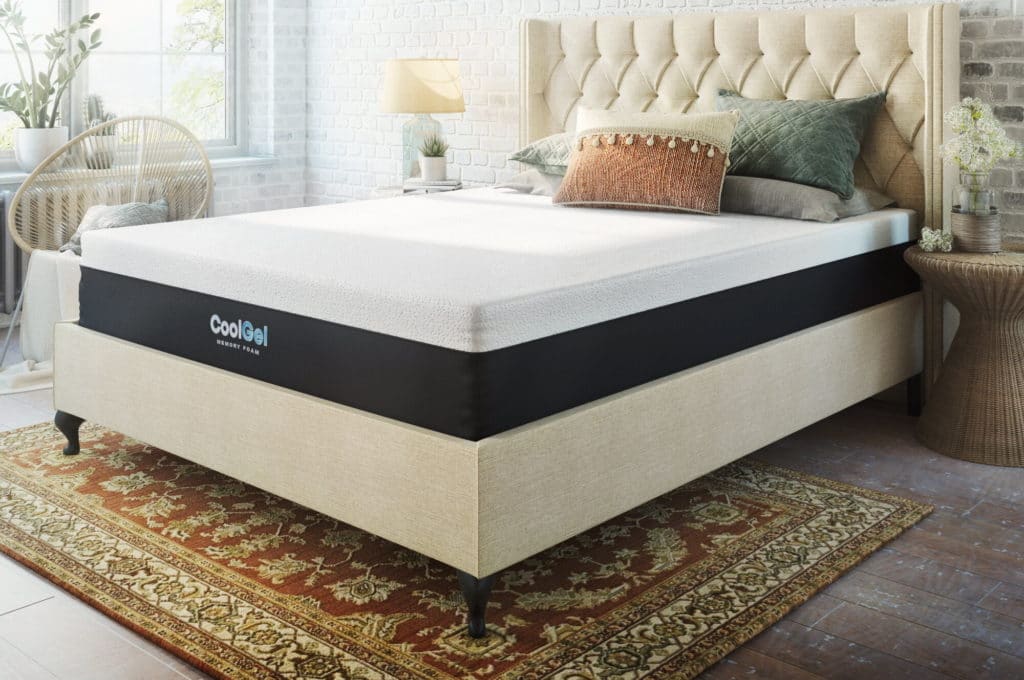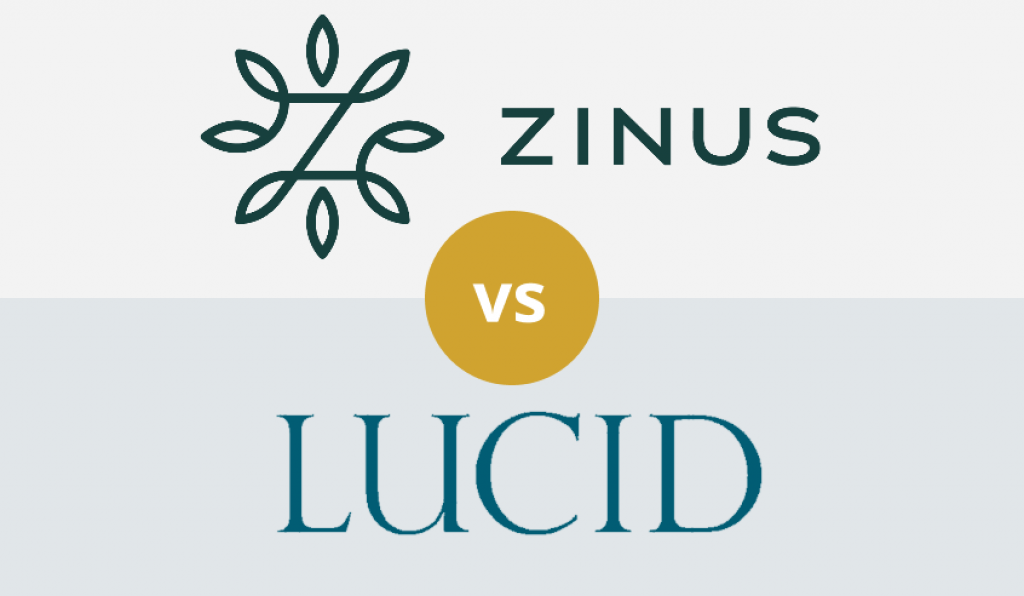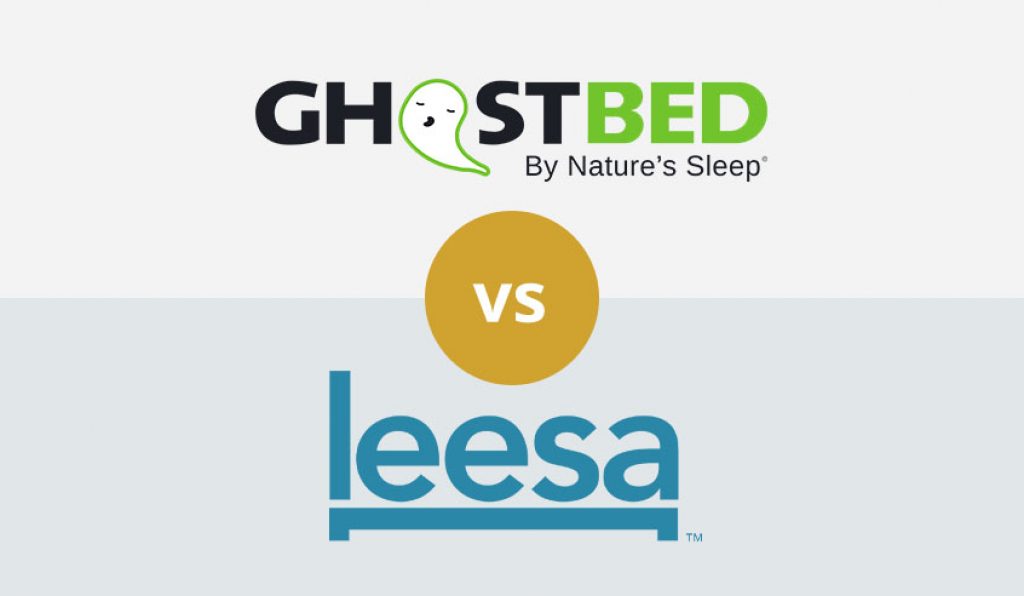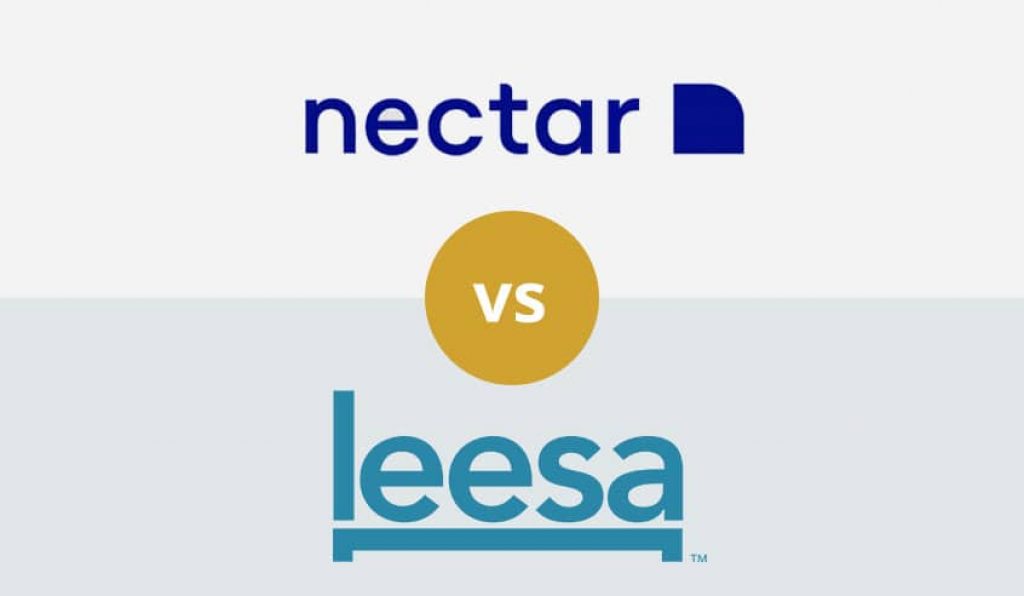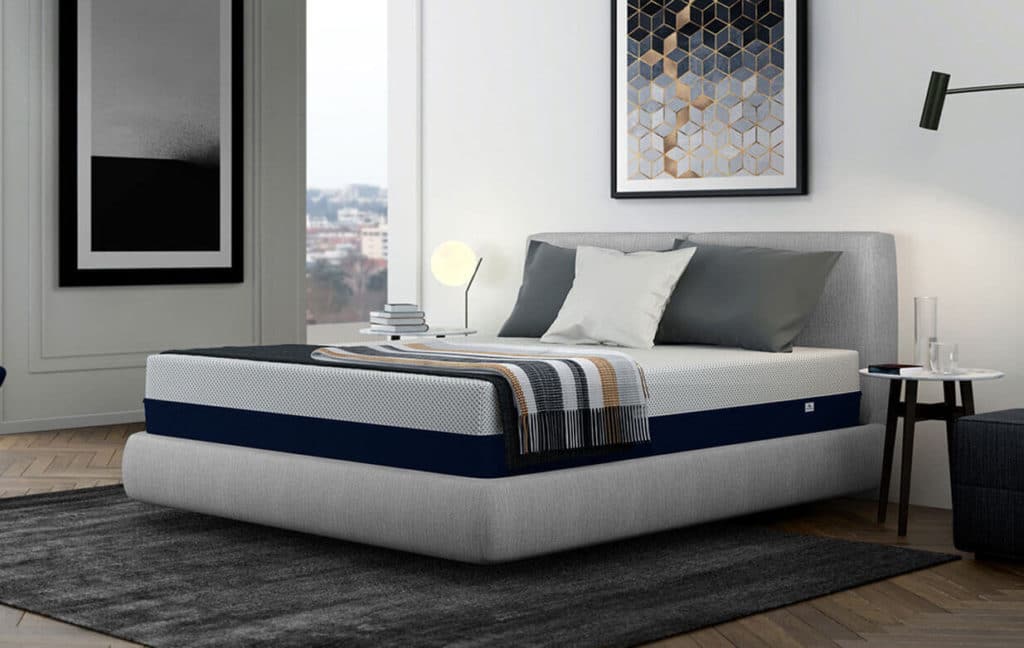

Since first being introduced to the world in the late 1960s, memory foam mattresses have been a staple in the mattress industry. One of the most popular mattress types on the market, memory foam mattresses continue to appeal to consumers with their body-contouring characteristics and their pressure-relief capabilities. But how do you know which memory foam mattress is right for you? Understanding memory foam density is the key to unlocking all that you need to know about purchasing your new memory foam mattress.
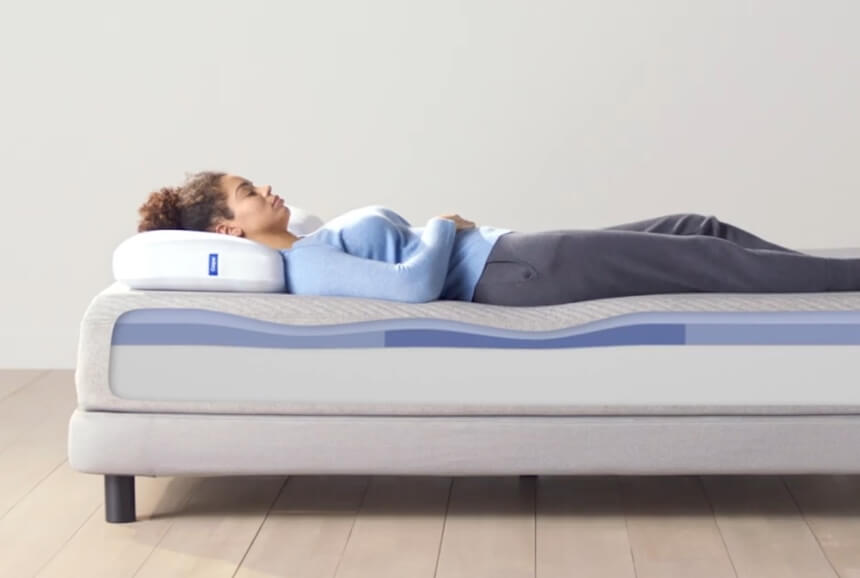
In order to measure a specific mattress’s memory foam density, manufacturers will typically measure one cubic foot’s worth of the memory foam being used in that mattress. The weight of this cubic foot will determine the mattress’s memory foam density rating. Think of this rating as a spectrum – at the low end of this scale, a memory foam mattress may have a density rating of 1.5, meaning that it weighs 1.5 pounds per cubic foot.
You may see a rating along this spectrum as high as 8.0, which means that it weighs 8 pounds per cubic foot. This is the highest memory foam density rating currently on the market.
Memory foam density is one of the variables that impact the overall firmness of a memory foam mattress. However, this isn’t the only number to be aware of when making your new mattress purchase. You should also pay attention to the indentation load deflection number (ILD), which is a measurement of how much force it takes to cause a 1-inch-deep dent in the material. The higher this number is, the firmer the mattress is, which is similar to how you read the density rating.
In addition to firmness, memory foam density can affect a memory foam mattress’s durability, price, contouring, response time, and weight.
Durability is best predicted by looking at a memory foam mattress’s density. The lower the density number, the less memory foam material was used, meaning that the mattress won’t last as long as those with a higher rating. These mattresses should not be immediately ruled out, though, as the quality of the foam is an important factor to consider when making your memory foam mattress choice.
Similar to its durability, the price of the mattress is directly impacted by the memory foam density rating. More materials used = a denser memory foam mattress = a higher price tag. The cost is proportional to its expected lifespan, meaning that the more material that went into the production of the mattress, the longer the mattress will last.
By contrast, the higher the memory foam density number, the lower the contouring effect is. Keep in mind that all memory foam mattresses will conform to a sleeper’s body in one way or another. This contouring happens when the materials inside the memory foam chemically react to a sleeper’s body heat. If the mattress is more densely packed with memory foam, there is less displacement of the foam, which means that the contouring effect will be less evident than that of a lower density mattress where there is more space within the mattress for the foam to shift.
The ability of the mattress surface to bounce back once pressure is removed from it is called a mattress’s response time. The higher the density, the longer it takes for the mattress to bounce back, which can make high-density memory foam mattresses slightly less comfortable for those who shift positions frequently when they sleep.
Lastly, the higher the density of the memory foam, the greater the weight of the mattress. This is something to keep in mind if you plan on moving in the near future, as a high-density mattress will be harder to move than a low-density one.
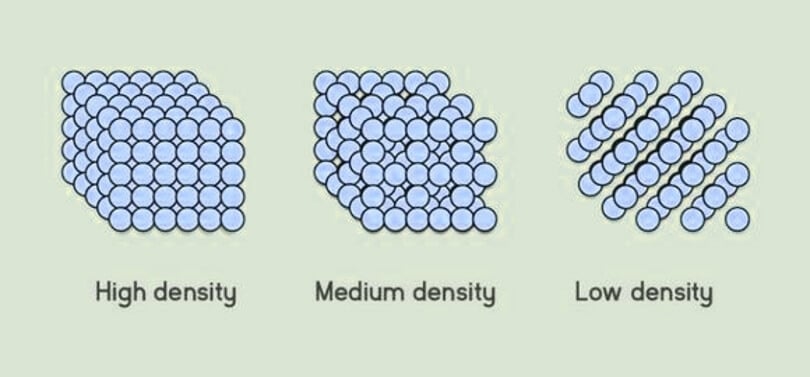
A lower memory foam density rating means that less memory foam was used in that particular mattress’s production. A density rating of 3 or less means that the mattress will be softer and less durable. It also means that it will be less expensive than those with a higher rating since less memory foam went into its design and manufacturing.
A memory foam rating of 4-5 pounds per cubic foot generally classifies a mattress as having a medium density. These mattresses are considered not too soft and not too firm, and instead, their firmness falls somewhere in the middle. These are typically the most popular memory foam mattresses because consumers believe them to have just the right amount of firmness.
High-density memory foam mattresses can be upwards of thousands of dollars because they contain the most memory foam per cubic foot. A mattress with a memory foam rating of 6 or higher is considered a highly dense memory foam mattress, and these beds will provide the greatest level of support for those with significant chronic back pain. These mattresses also come with the reputation of being the most durable, as the increase in memory foam per cubic foot extends the mattress’s longevity. One thing to be mindful of if you choose to purchase a high-density memory foam mattress is that it might take an extra few nights for this mattress to conform to your body. Because of the high level of memory foam used in these mattress models, it will take a bit longer for the materials in this mattress to shift and shape itself to its new owner’s body.
Overall sleep quality Trusted Source Softly does it: how to choose the perfect mattress | Sleep | The Guardian It’s important to find a mattress that soothes as well as supports you. Two experts give their advice and test out John Lewis’s selection to find the best bed for a silent night www.theguardian.com is a matter of personal preference, and so, too, is choosing the right memory foam density for you. One thing to consider when trying to decide which memory foam mattress is right for you is why you are interested in a memory foam mattress in the first place. Are you someone who suffers from chronic back pain and needs significant pressure relief in order to be able to sleep comfortably? If so, you may want to rule out a low-density mattress since it won’t provide you with as much support and firmness as those that have a medium and high-density rating.
Having a basic understanding of memory foam density will enable you to shop around in order to find the right mattress for you effectively. As you conduct your mattress search, keep in mind that there are a number of additives available on the market now that can contribute to the overall comfort and quality of your memory foam mattress. Consider these mattress accessories as you narrow your search, as oftentimes it takes more than just the mattress to be comfortable.
